Dell VMware Integration ‘Mandate’: Be ‘First And Best’
‘The mandate we were given from [Dell Technologies CEO] Michael Dell, [Vice Chairman, Products and Operations, Dell EMC] Jeff Clarke and [VMware CEO] Pat Gelsinger is, ‘When we do things with VMware and Dell EMC, we want it to be first and best no matter what we do,’” says Chad Dunn, vice president of hyper-converged infrastructure product management for Dell EMC.
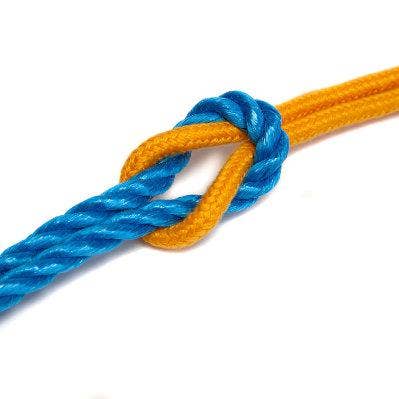
The Dell VMware Integration ‘Mandate’
VMware Cloud Foundation becoming available on Dell EMC’s leading hyper-converged infrastructure VxRail offering is only the tip of the iceberg when it comes to the Dell EMC-VMware integration ahead, according to Chad Dunn, vice president of hyper-converged infrastructure product management for Dell EMC.
“The mandate we were given from [Dell Technologies CEO] Michael Dell, [Vice Chairman, Products and Operations, Dell EMC] Jeff Clarke and [VMware CEO] Pat Gelsinger is, ‘When we do things with VMware and Dell EMC, we want it to be first and best no matter what we do,’” said Dunn in an interview with CRN.
“What we heard from Michael, Jeff and Pat and the rest of the strategically aligned businesses is, ‘We want to do more like VxRail. And we want to do it deeper and more broadly across companies,’” said Dunn. “So when they say, ‘Go collaborate and make this happen’ – it’s really not just lip service.”
He said Dell EMC and VMware, which both fall under the Dell Technologies family of businesses, will drive technology integration even further to separate themselves from not only their hyper-converged competitors, but across various market segments. Dunn talks to CRN about VMware’s integration road map and Dell’s technology differentiation compared with Hewlett Packard Enterprise and Nutanix.
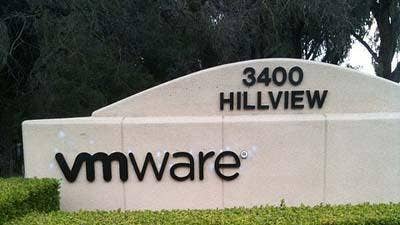
What is the Dell-VMware integration road map and why is it a market differentiator?
When we get that mandate from Michael Dell that says, ‘We must always be first and best in terms of VMware, Pivotal, etc. integration’—we take that very seriously . We really can support you from mouse pads up to cloud infrastructure. We have a very broad set of solutions, but always with that commitment that we’re going to do things first and best with VMware. No one has that. The closest thing might be HPE and some of the things they do with Synergy. However, our mandate is to start to leverage those APIs and VxRail more as an operating system, extend across more platforms with PowerEdge [servers] and other hardware platforms within Dell EMC, and see more VMware technology in our first, best and sometimes only way, and extend into other components of the family like we’ve done with the SmartFabric Services and the Dell networking switches. It’s really hard to find anybody who’s going to have the breadth of our portfolio with a driving mandate to integrate it fully around a platform like VxRail. You’re not going to see [HPE] SimpliVity necessarily be at the center the HPE Synergy story—it’s a different thing. We made the decision that the Dell Technologies cloud vision will be VxRail.
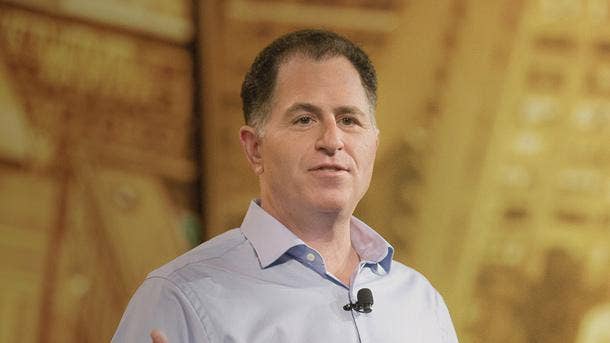
Can you talk more about the ‘mandate’ from Michael Dell around VMware integration?
The mandate we were given from Michael Dell, Jeff Clarke and Pat Gelsinger is, ‘When we do things with VMware and Dell EMC, we want it to be first and best no matter what we do.’ We’re leveraging VxRail APIs that aren’t available to anybody else that really expose the value added capabilities in VxRail to VMware Cloud Foundation. That full-stack integration of life-cycle management of all of the hardware and software components at a cluster level, we’re extending those capabilities via API into VMware Cloud Foundation. It extends our southbound APIs into Dell networking switches to automate their deployment. We’ll continue to expand that even further. We believe [VMware Cloud Foundation on VxRail] is the simplest and fastest way to get to a VMware hybrid cloud.
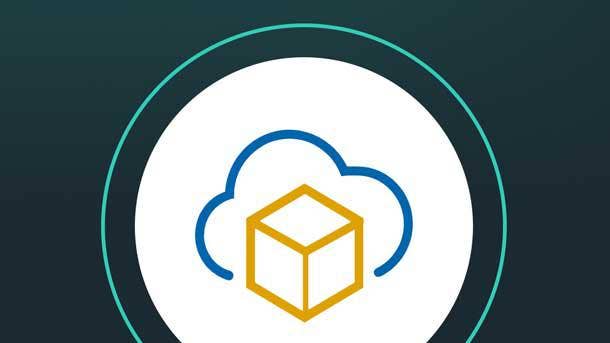
Talk about the advantage of co-engineering with VMware.
What we heard from Michael, Jeff and Pat and the rest of the strategically aligned businesses is, ‘We want to do more like VxRail. And we want to do it deeper and more broadly across companies.’ So when they say, ‘Go collaborate and make this happen’—it’s really not just lip service. They’re saying, ‘We want to see tangible R&D results and we want to see top-line and bottom-line results.’ Even in VxRail, we’re collaborating much more broadly and deeply with VMware, with Pivotal, with our Pivotal Ready Architecture—which has been very successful for us—with some of the other projects we’ve picked up with VMware like Project Dimension. It really comes down to having one boss and one vision that says, ‘We’ve got the most powerful IT portfolio on the planet at this point and we’ve got a massive sales force, and synergies across all these technologies and all these sales forces that make us uniquely positioned to help our customers do their digital transformation—whether it’s IaaS, Container as a Service, PaaS, Functions as a Service, IoT—it’s a really hard portfolio to match.’ Now with this singularity of vision across that portfolio that Michael is bringing to the table, we sort of look at all these tools we have in front of us and say, ‘There’s no reason why we can’t be wildly successful at this.’
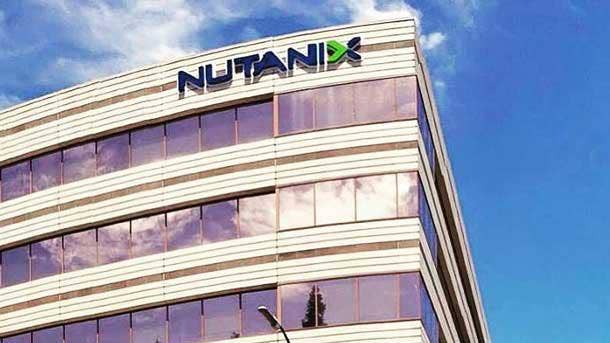
What are your thoughts on Nutanix in terms of the hyper-converged leadership landscape?
Well, it’s us and Nutanix. They’ve got a very different approach of how they’re going about this. They’re sort of this software-only approach to some extent out of necessity because they don’t own an x86 platform—it’s Supermicro [servers] and then other OEMs. Nutanix will position it as a strength. It’s certainly a valid approach. We think that by having control of the x86 road map with our PowerEdge and other platforms and being able to do tighter, not looser, integration with the hardware is actually a benefit. We view tighter and deeper integration at the hardware layer as an advantage, not something to be avoided. If you look at a PowerEdge server, there’s between nine and 12 different pieces of programmable firmware on there that needs to be compatible with a version of VMware and the other software that’s running. VxRail gives you that full stack-integrity. It’s not just, ‘Do you have the right firmware, drivers, etc. on day two or three or 300?’ We’re updating that all in context and giving the user the confidence that all of those pieces are going to work together.
How does your networking SmartFabric Services stack up against Hewlett Packard Enterprise’s Plexxi network fabric?
It’s really the breadth of our offer. I actually used to work with a lot of those Plexxi people, like [CEO] Richard Napolitano. It’s great technology, by the way. The Plexxi stuff is really set up to automate things at a data center level. We want to be able to do that not just at the data center level, that is very important, but you also want to do that at the small deployment level, including things like a two-node, remote office/branch office and auto-configure the switch right up to data center deployments and to be able to use that common software in the switches and in VxRail. Since we control the OS in both of those cases, it’s very easy for us to do that.
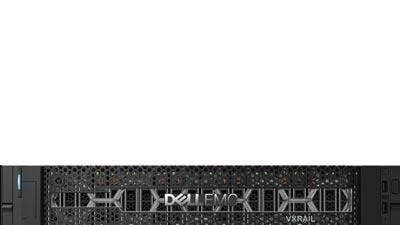
How critical is VxRail for Dell EMC and VMware?
As you look at what Dell Technologies’ cloud platform is, the underlying infrastructure to that is always going to be VxRail as a building block. What this allows us to do is basically merge two product lines— VxRack SDDC and VxRail—with common hardware and a common hyper-converged operating system. So we have pretty amazing scale whether you’re a customer that wants to simply deploy VxRail for server consolidation or deploy Infrastructure as a Service, or layer in even more automation with VMware Cloud Foundation. We’ve been on this path for a while because we recognize how powerful that could be—that one engineering effort that underlies the whole cloud strategy of the company. Last year, we aligned the hardware in VxRack to basically be VxRail. We’ve been working on extending the software capabilities on VxRail to be more of a hyper-converged operating system with a very rich set of north- and southbound APIs that allow us to do unique integration such as with VMware Cloud Foundation.